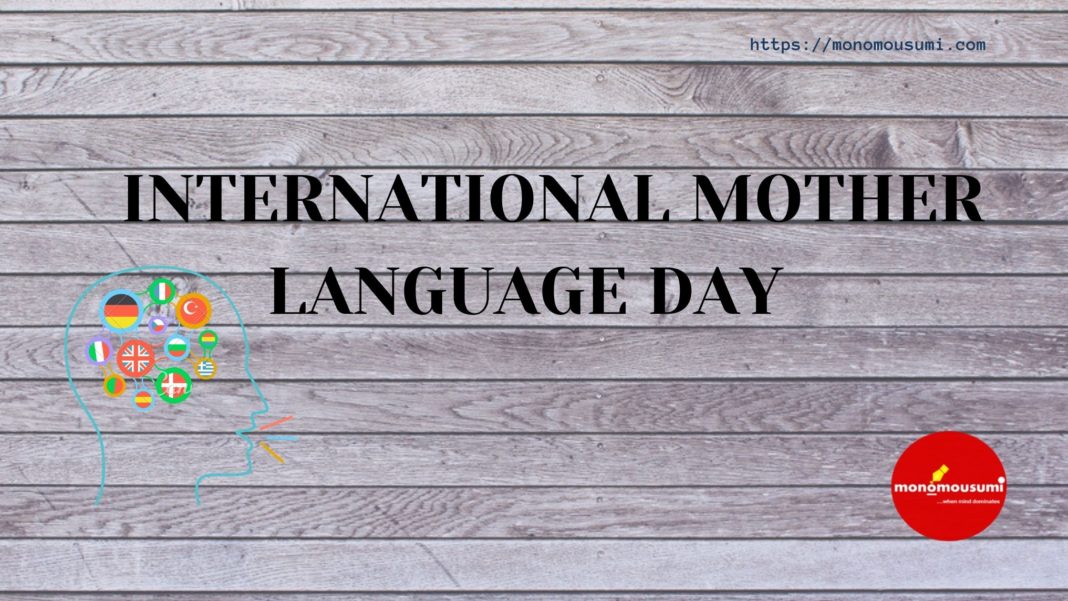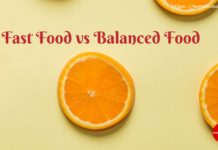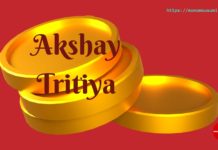Human beings, as a global society, like to commemorate certain special days to appreciate, respect and honour the historical events. One such day which is celebrated every year on 21st February is International Mother Language Day.
Why is International Mother language Day celebrated and how does it relate to a social issue?
In this era of Globalization and Digitalization, several local languages and dialects are on the verge of extinction. 21st February is celebrated to promote preservation, protection and practice of all the native languages in the world. This day is celebrated to encourage people to give due regard and importance to one’s mother tongue. The General Conference of the United Nations Educational, Scientific and Cultural Organization declared the International Day of Mother Tongue in November 1999. This day is a call to all the educators and learned people to give the due respect and significance to multilingual education to prevent the local languages from extinction. According to the United Nations Organisation, approximately 43% of the estimated total of 6500 languages spoken in the world are endangered. In order to address this problem, International Mother language day is celebrated.
The Bengali Story behind International Mother Language day
21st February is celebrated to commemorate the tragic yet catalyzing Bengali Language Movement – a fight for linguistic and cultural rights.
Bangladesh has gone through dire transformations within its comparatively short history. From 1858 to 1947, the province of Bengal was a part of the British Raj and was under the extremely brutal and exploitative colonial rule. Decades of anti-colonial build up and freedom struggle resulted in the creation of the Mountbatten Plan, where the decision to split colonial India into two independent states was taken.
After India gained independence in 1947, it was parted into two regions – The Union of India and The Dominion of Pakistan – a splitting between the Hindu and Muslim communities. East Pakistan (Present – Day Bangladesh) and West Pakistan (Present – Day Pakistan), were lumped together as a single country, ignoring the 1600 kilometre distance and differences in culture, ethnicity, customs and languages. 25 million people of West Pakistan spoke Urdu and 44 million people of East Pakistan recognised Bangla as their native language.
However, the political and military establishments were set up in West Pakistan. Thus, most decision makers and personnel in positions of authority came from West Pakistan. In 1947, at an education summit in Karachi, the West Pakistani government declared Urdu as the official and only language of instruction in schools and media. Consequently, Bangla was not only removed from the official currency and stamps but also eliminated from being an approved school subject.
Thus, began the fight for the recognition and honour of the language which is now termed to be “the sweetest language of the world”. Bengali student unions were formed, leaders, community organisations and politicians protested against these language policies for the next 5 years. This gave rise to what is now termed abate “Bengali Language Movement” – grassroots organizing to fight systemic cultural and linguistic discrimination as well as oppression. Muhammad Ali Jinnah, the then Governor-general of Pakistan, who is also widely claimed as “The Father of West Pakistan” , visited Dhaka, during the peak of political turmoil and sought to uproot the movement. He called the promoters of Bangla, “enemies of Pakistan” and stated that they were seeking to divide Pakistani Muslims. He also reiterated that, “Urdu, only Urdu” should be the official language of the state and repealed the previous concessions that had been made by other political leaders to appease the Movement supporters.
West Pakistani refuses to recognize Bangla – a language widely spoken in all of Pakistan – was swiftly interpreted as part of a broader agenda of cultural and ethnic assimilation. Therefore the Movement gradually became a proxy for a bigger fight for the right to self-determination. After repeatedly proclaiming Urdu to be the only official language of Pakistan, in 1952, the Language Movement came to a head . This proclamation caused a mass uproar in East Bengal and led to the declaration of widespread protest to be held on 21st February by various students. In response to this, the government prohibited the gathering of more than 3 people.
The students valiantly began gathering on the morning of 21st February at University of Dhaka and faced-off the armed police troops also awaited them. Tear gas was fired to ward off the students as they attempted to break through police lines. Several students were arrested by the police. These brutal events sparked further protests with demonstrators gathering at the East Bengal Legislative assembly seeking to have their voices pheard. During this, several student protesters were shot and killed by the police. Inevitably, this caused widespread disorder across the capital and numerous working professionals joined the protest. A number of activists were killed – demonstrations continued for weeks with beatings and police arrests common.
The Bengali Language Movement went on for several years. It eventually catalyzed the rise of nationalist movements in East Bengal, leading to the brutal liberation war which gave rise to a free and independent Bangladesh – declaring Bijoy Dibosh on December 16th 1971. The martyrs were honoured with the erection of the Shaheed Minar memorial in Dhaka.
At its roots, the Movement sought to have the linguistic and cultural rights of an entire population recognized and respected. In honour of it, UNESCO declared 21st February as the International Mother Language Day.
By Srija Bandyopadhyay










